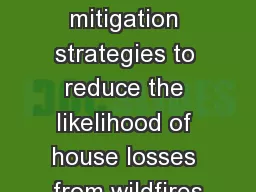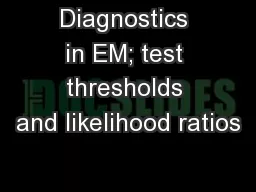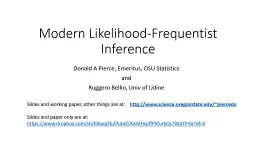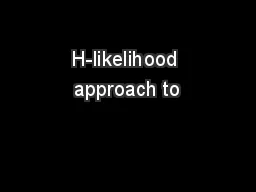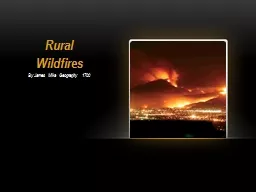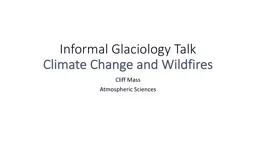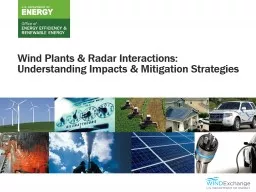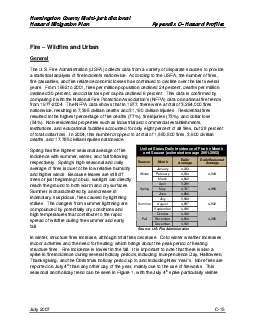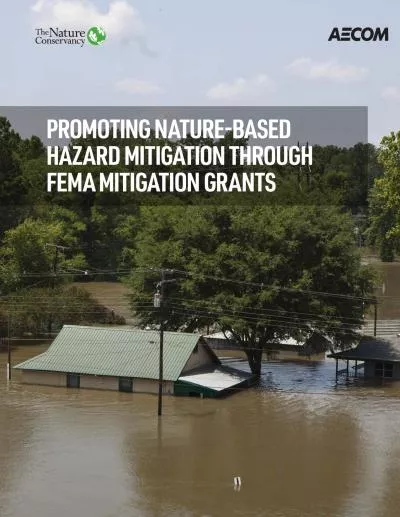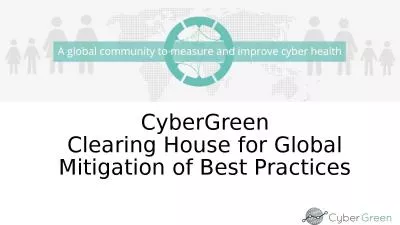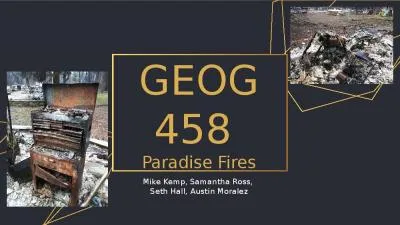PPT-Exploring mitigation strategies to reduce the likelihood of house losses from wildfires
Author : pamella-moone | Published Date : 2018-03-22
Katie Collins 1 Trent Penman 2 Owen Price 1 1 Centre for Environmental Risk Management of Bushfires University of Wollongong Wollongong NSW 2522 2 School of
Presentation Embed Code
Download Presentation
Download Presentation The PPT/PDF document "Exploring mitigation strategies to reduc..." is the property of its rightful owner. Permission is granted to download and print the materials on this website for personal, non-commercial use only, and to display it on your personal computer provided you do not modify the materials and that you retain all copyright notices contained in the materials. By downloading content from our website, you accept the terms of this agreement.
Exploring mitigation strategies to reduce the likelihood of house losses from wildfires: Transcript
Download Rules Of Document
"Exploring mitigation strategies to reduce the likelihood of house losses from wildfires"The content belongs to its owner. You may download and print it for personal use, without modification, and keep all copyright notices. By downloading, you agree to these terms.
Related Documents

